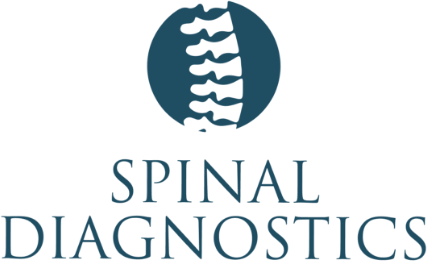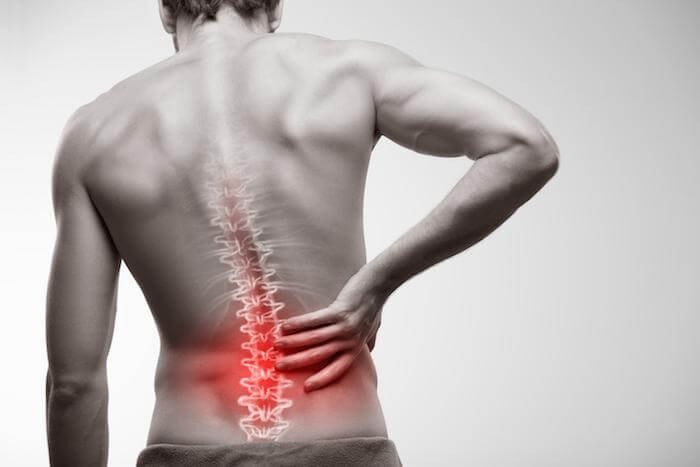Sciatica is a condition caused by a damaged, irritated, or pinched sciatic nerve, which is the longest nerve in the body and affects your buttocks, feet, legs, and hips. Sciatica develops for many reasons, ranging from medical conditions like lumbar spinal stenosis (a narrowing of the spinal canal) and degenerative disc disease (a breakdown of your discs) to pregnancy and muscle spasms.
Whatever the cause of your sciatica, the team at Spinal Diagnostics is ready to discuss all of your pain management treatment options, including physical therapy.
Physical therapy is one of the most effective among the conservative and nonsurgical pain management treatments available at Spinal Diagnostics. You may be wondering how this option can help alleviate the pain caused specifically by sciatica.
Physical therapy, for any part of the body, involves a series of exercises and stretches that target the source of your pain. Your sciatic pain may be affecting not only your lower back, but your buttocks, your legs, and even your feet. Tell our team at Spinal Diagnostics exactly where your sciatic pain is located to get a more personalized and targeted treatment.
It’s important to note that depending on the primary source of your sciatica, physical therapy may not solve the root cause. For instance, if you have a herniated disc, physical therapy exercises will not do anything to change your spinal anatomy, but it can increase the amount of oxygen in your blood, improve your circulation, and strengthen the muscles around the affected area. These improvements will help you manage your pain and put you in a better state to begin the healing process.
Physical therapy has the best chance of helping you overcome pain due to:
- Piriformis syndrome: When the piriformis muscle in your bottom spasms and irritates your sciatic nerve
- Ischemic sciatica: a condition where your buttock muscles are constantly tight (perhaps due to stress, inactivity, or some type of structural imbalance). If they become ischemic, meaning they receive inadequate blood flow and oxygen, then you have pain that mimics sciatica.
First, our doctors perform a complete evaluation of your physical condition and health history to make sure physical therapy is right for you. Then, they suggest a customized treatment plan that may include the following:
- Stretches: light and gentle stretching can release tension in your sciatic nerve.
- Exercises that increase strength: your physical therapist may suggest strengthening exercises using your body weight or weight machines. Strengthening your back and core helps support your nerves and can alleviate pain.
- Light cardio workouts: these workouts are not strenuous, and typically involve a stationary bike or fast walk on a treadmill. These will help you warm up for stretches and strengthening exercises.
- TENS: a transcutaneous electrical nerve stimulation, or TENS, device may sound like a mouthful, but it can be extremely effective in managing sciatic pain. This device applies a low-voltage electrical current to the painful areas and blocks pain messages that go to your brain.
When our physical therapist sends you home with a set of exercises and stretches, it’s important that you follow the treatment plan and report back any significant changes in pain or comfort. You might also do things like gently massage or apply heat and ice to the painful area. As always, consult our physical therapy team before trying a new method at home.
When first starting physical therapy for your sciatica, you may experience pain or soreness. This is common and typically subsides after you have gone through a few sessions. Some pain and soreness is normal, but alert us if you are experiencing an extreme or increased amount of pain.
If you are tired of your back pain and ready to discuss your physical therapy options, call today or request an appointment online.





